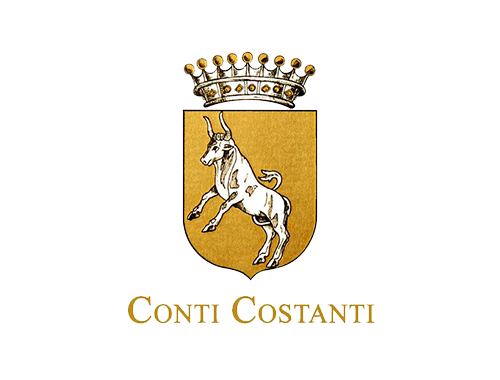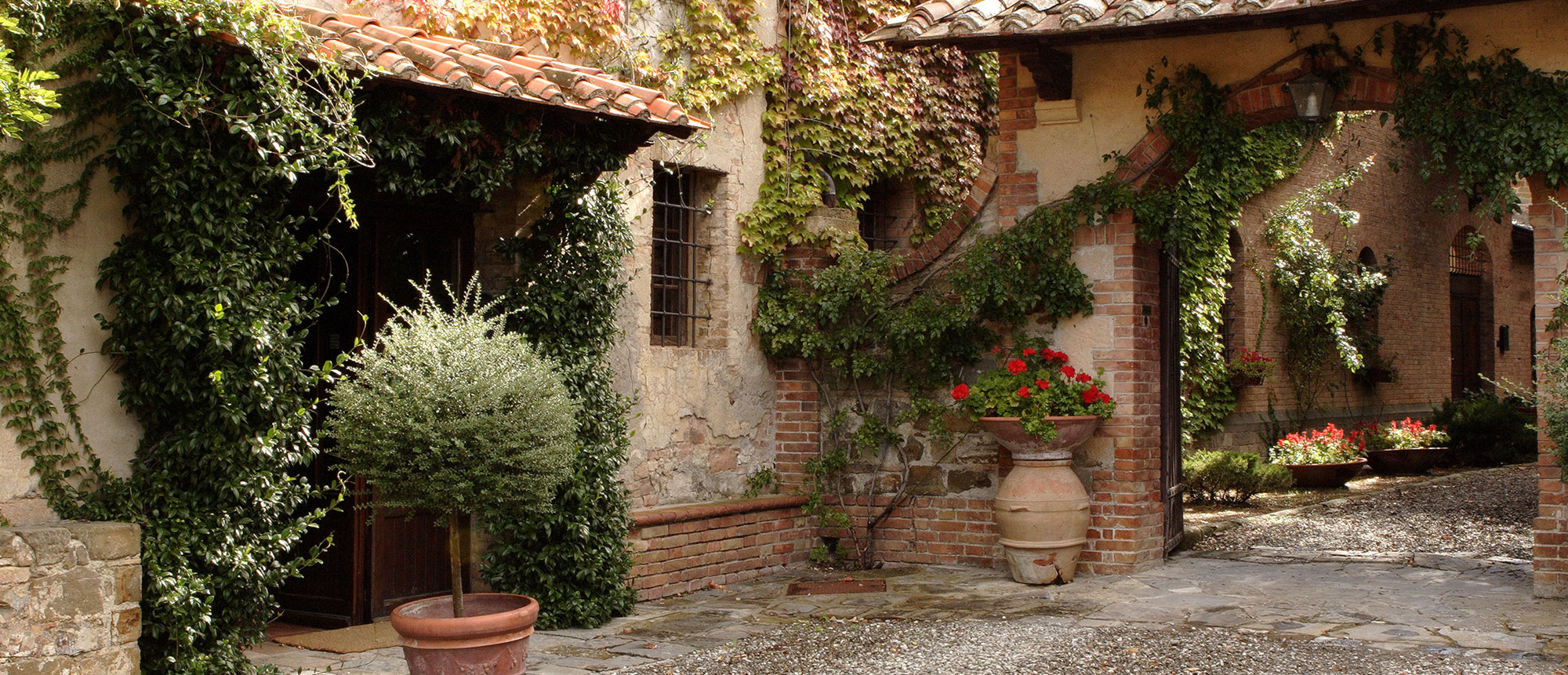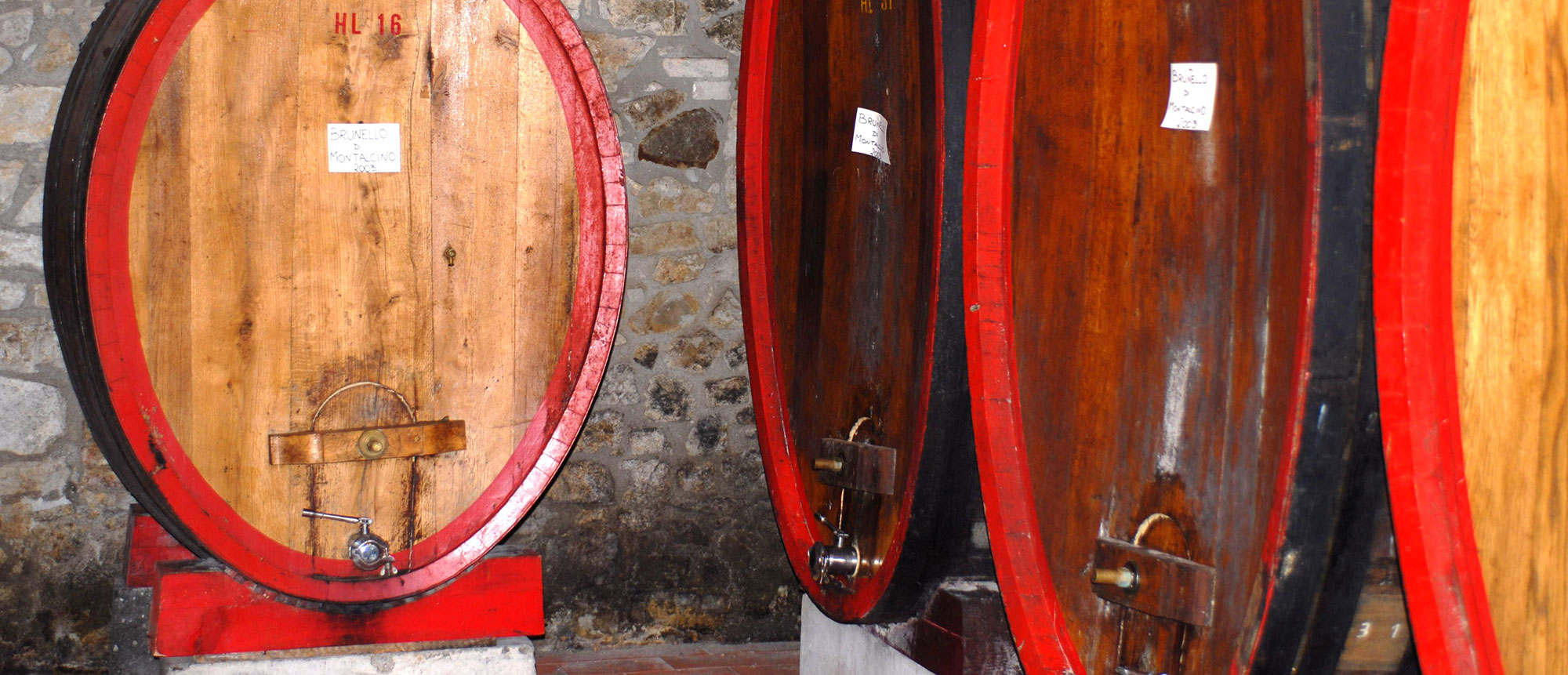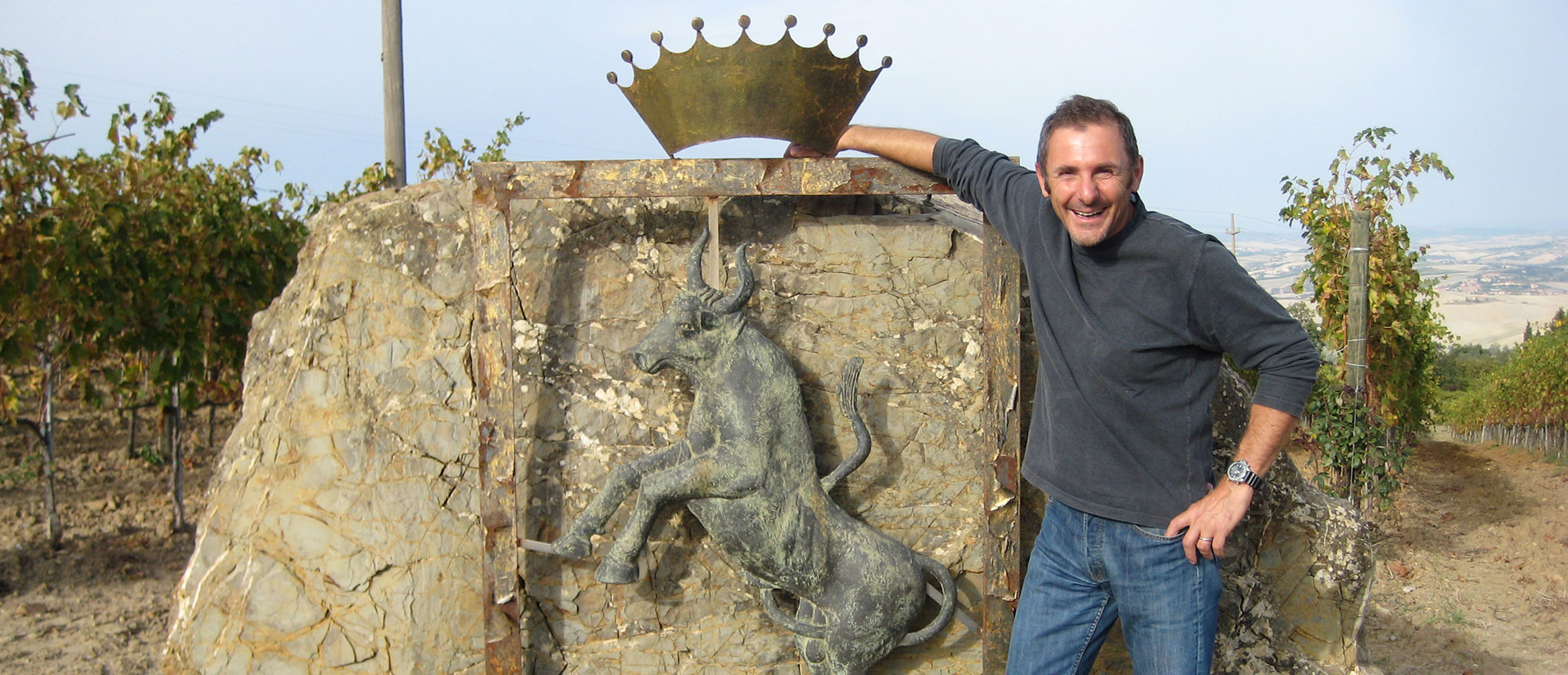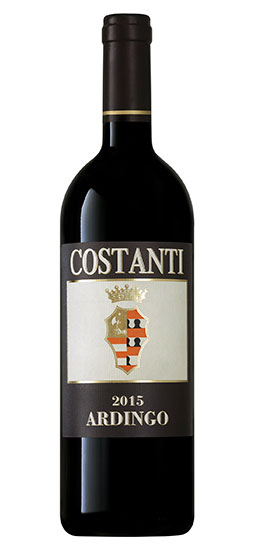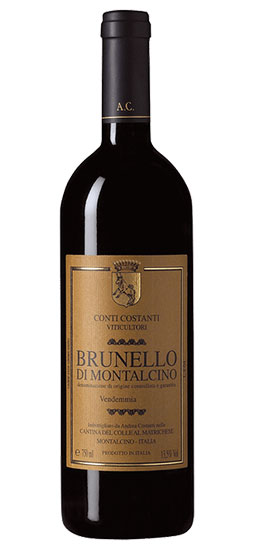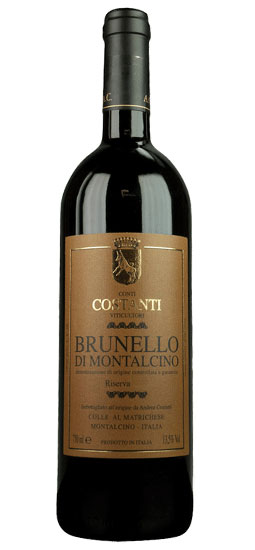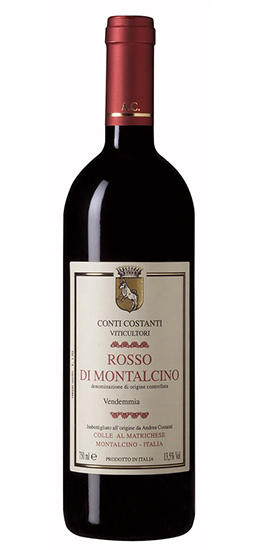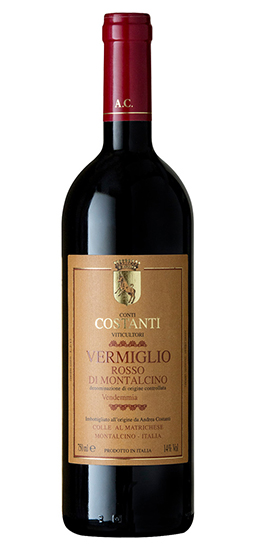Conti Costanti
THE HISTORY
The noble Costanti family goes back a long way – at least to Renaissance times. One of several famous counts, Costanti – Tito – was both a lawyer and a winemaker, and anticipated the present DOCG and DOC denominations. Not only was he one of the very first to use the name Brunello for Montalcino red wines, but the methods he employed were strikingly similar to those used for Brunello and Rosso di Montalcino today.
Costanti Brunellos, however, were jealously guarded wines until the early 1960s, circulating solely among the owners’ friends and family. This changed with Count Emilio Costanti, physician and grape-grower, who first put the family name on the wine map. Dr. Costanti was dedicated to maximizing the winery’s potential and was the first to release Brunello vintages to the public. Having no children, Emilio Costanti traced the sole living descendant of the ancient Sienese family and found Andrea Costanti, a fresh graduate in geology from the University of Siena.
Andrea has been making highly-rated Montalcino classics ever since then, even receiving a perfect 100 points from Kerin O’Keefe for his Brunello di Montalcino 2019. His main goal is to craft exquisite wines, with full respect for the tradition and terroir of Colle Matrichese. “This is what I was taught and what I put into practice, and what I want to pass down to those who will continue after me.”
THE TERROIR
The range has the unmistakable imprint of the Matrichese cru, yielding Brunellos of unparalleled elegance and complexity, with luscious, focused berry fruit, remarkable structure, and exquisite balance.
Today, the Matrichese terroir remains the heart of the estate and covers 25 acres of high-rising vines, at an altitude of 1,312-1,476 feet above sea level. A 10-acre vineyard flanks it located in Montosoli at 1,181 feet above sea level.
At Costanti the harvest takes place between the first and second week of October. After 14 to 21 days’ temperature-controlled fermentation on the skins in stainless steel vats of max. 50-hl. capacity, the wine undergoes the mandatory élevage in oak, then six months’ minimum maturation in bottle. The result is a sumptuously full-bodied, rich, complex wine with deep, opulent fruit, and sturdy sustaining acidity and tannins, leading to grandeur and great longevity.
The vineyards are clayey/calcareous, with a density of 3,500 vines per acre, and the soil is poor in organic components. This ensures higher extract and concentration as well as ample, elegant aromas.
